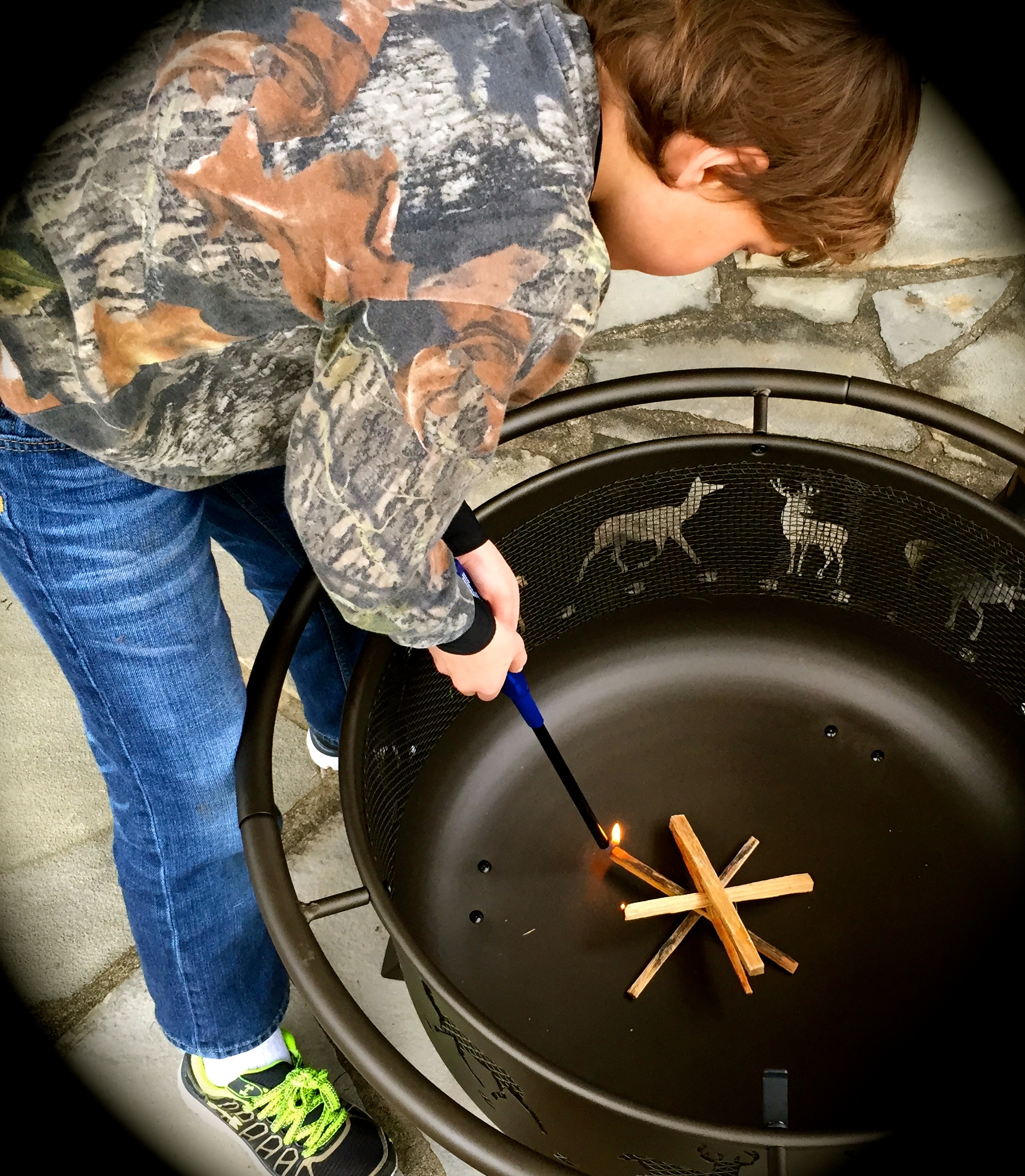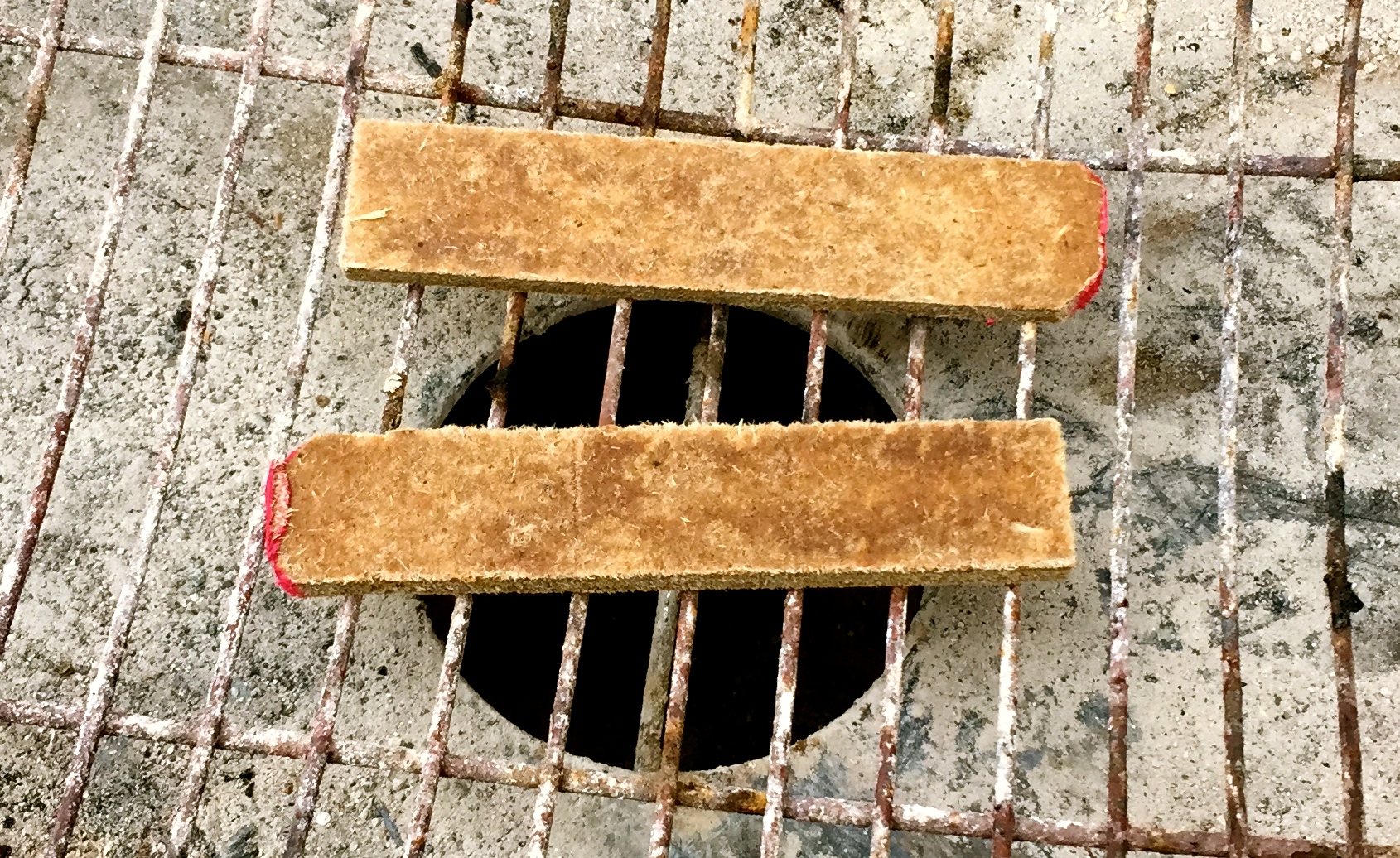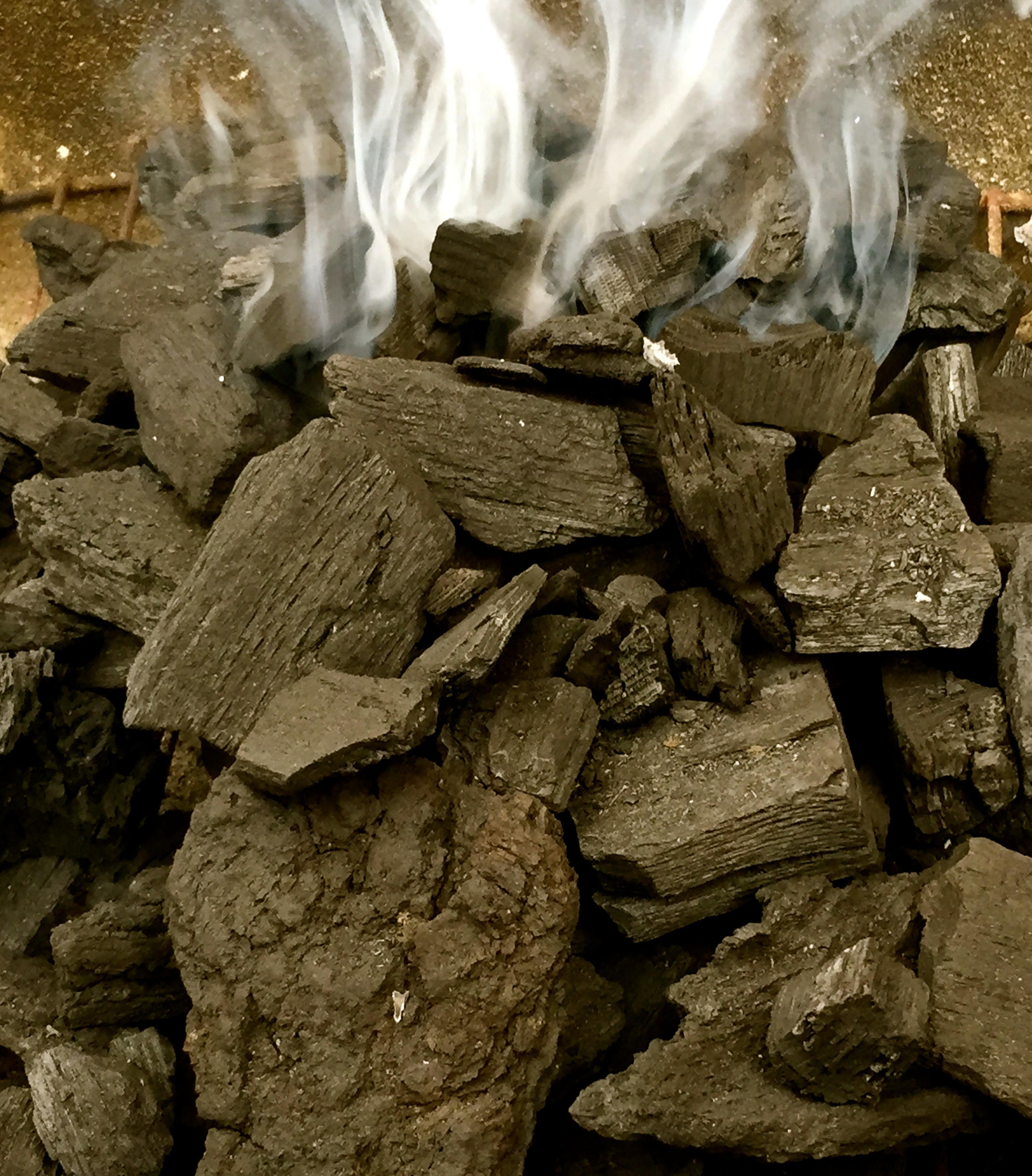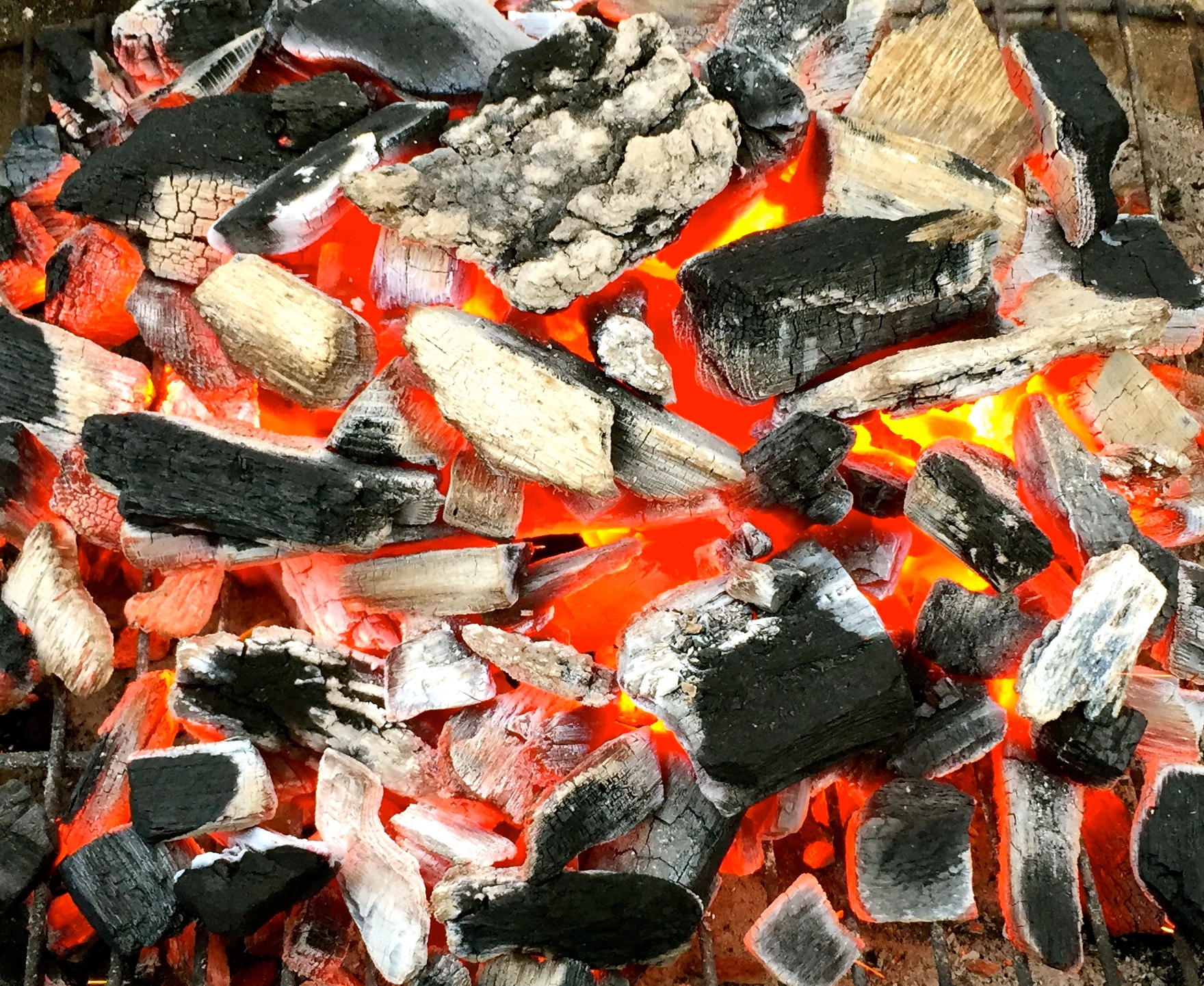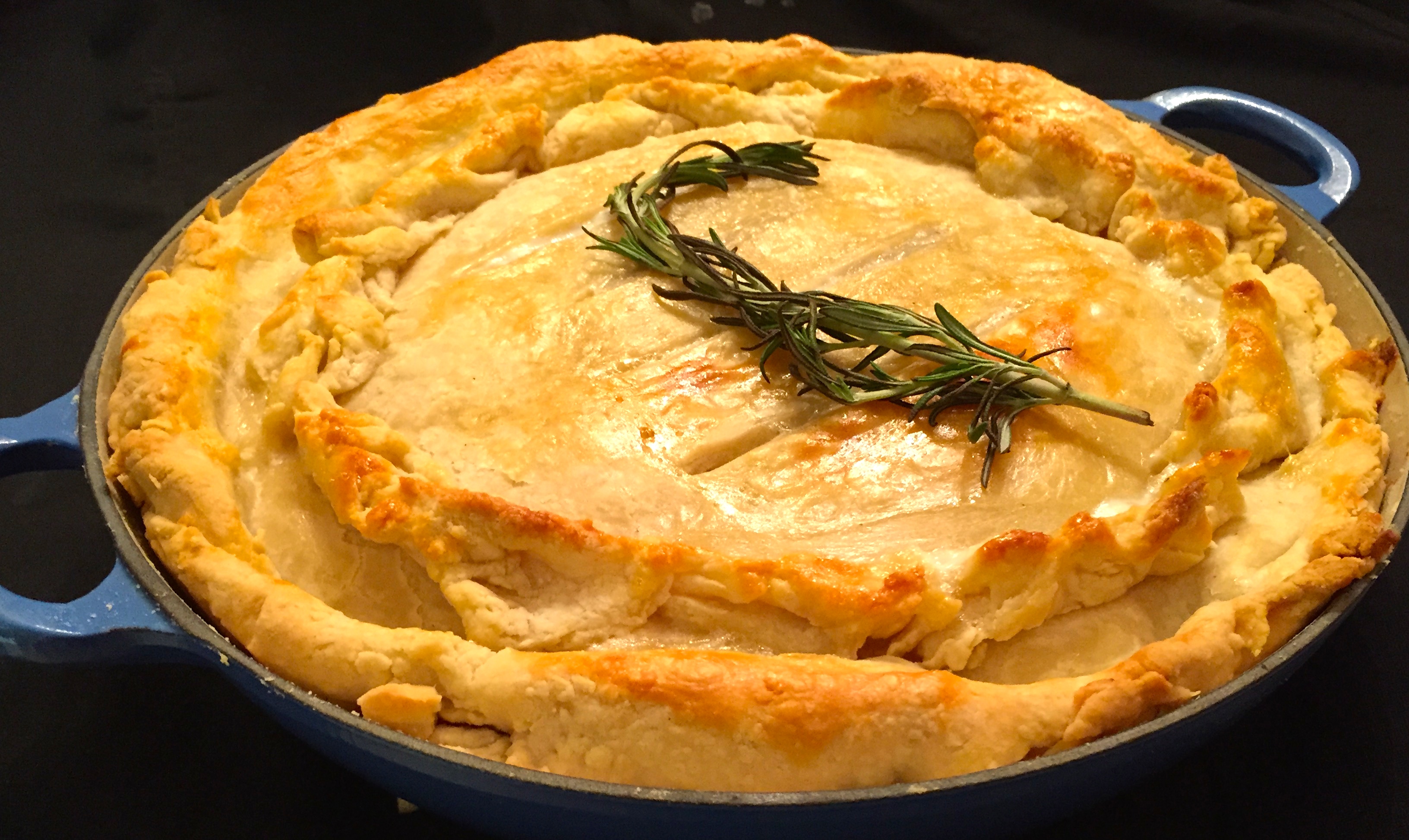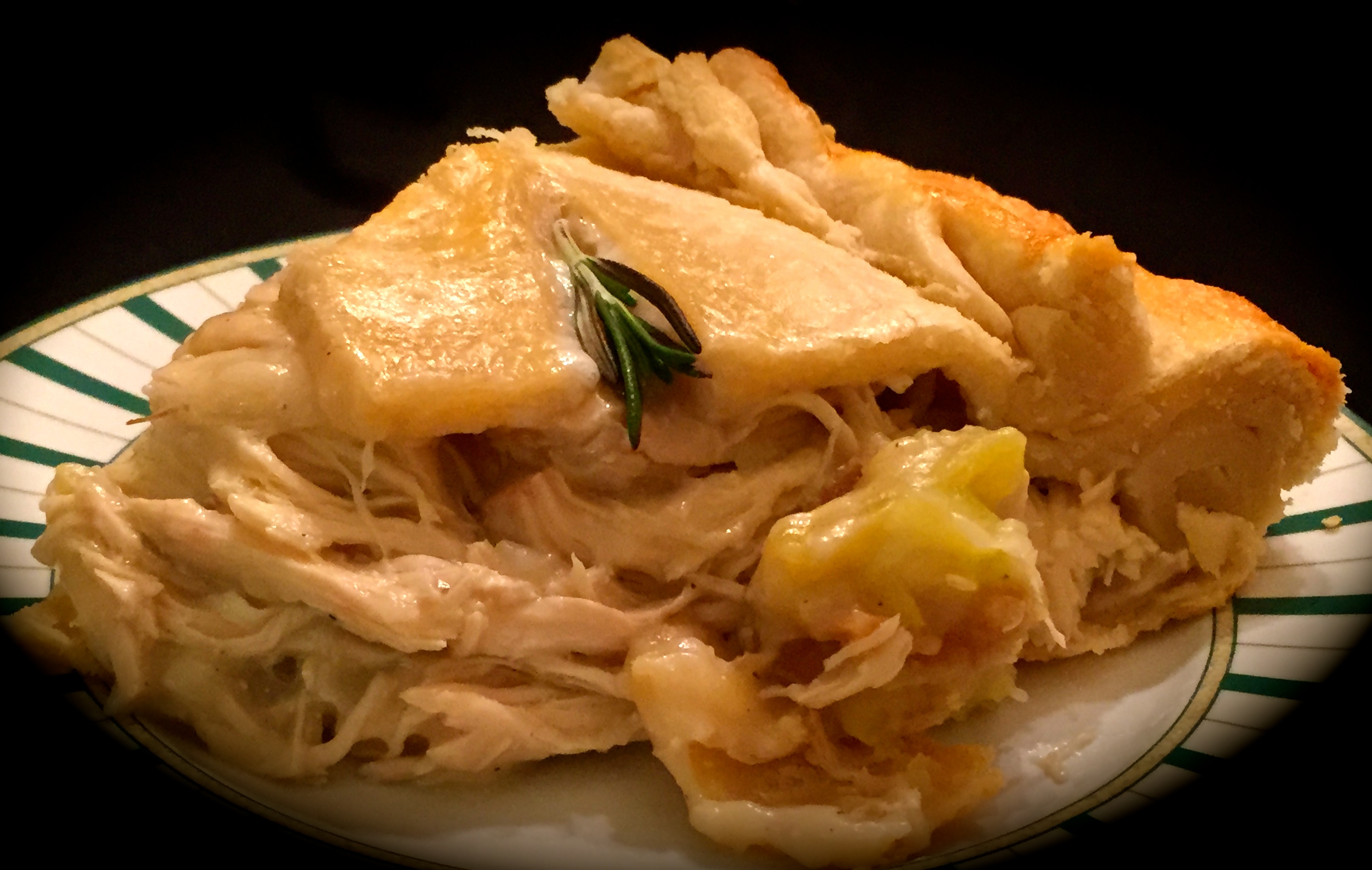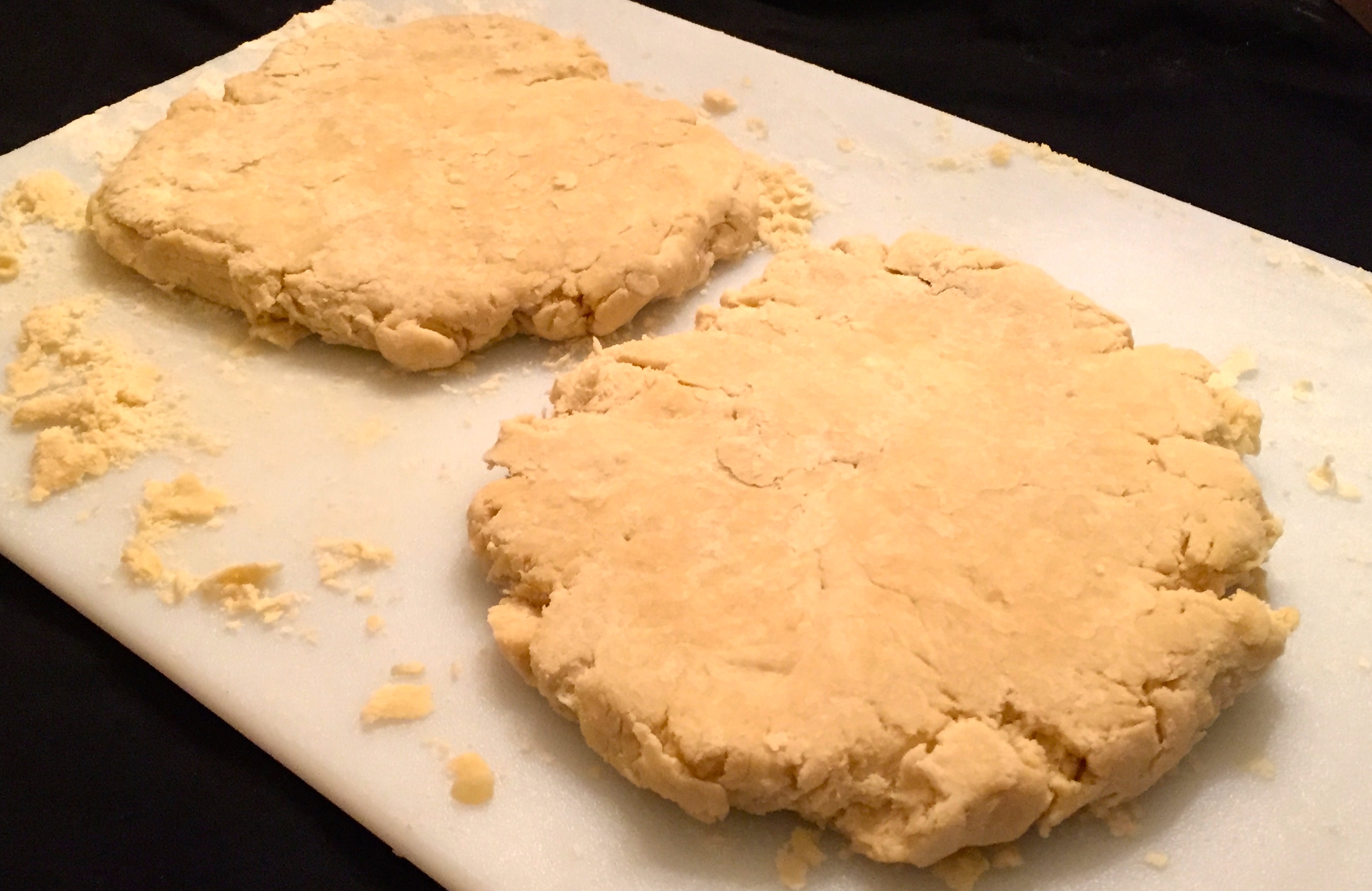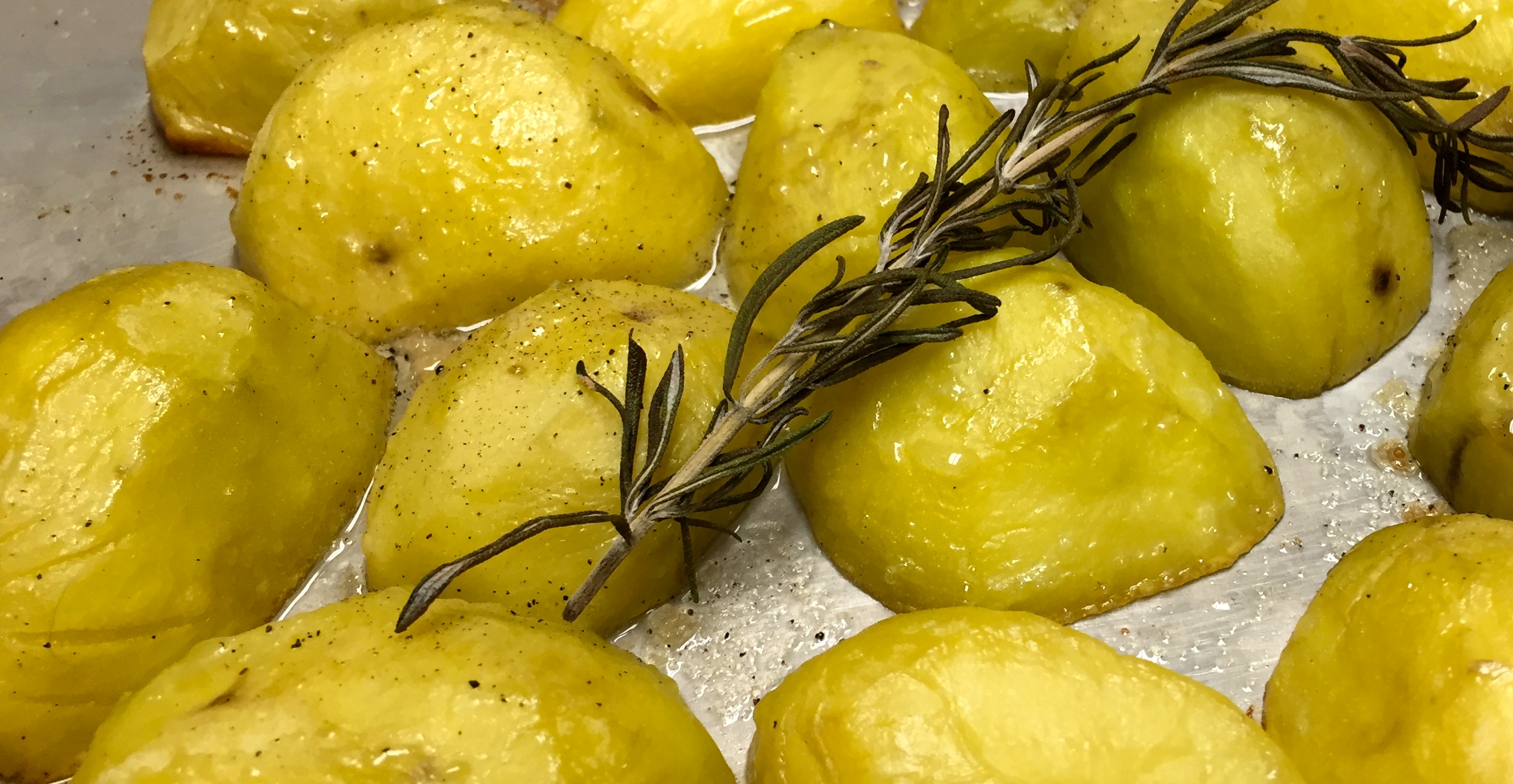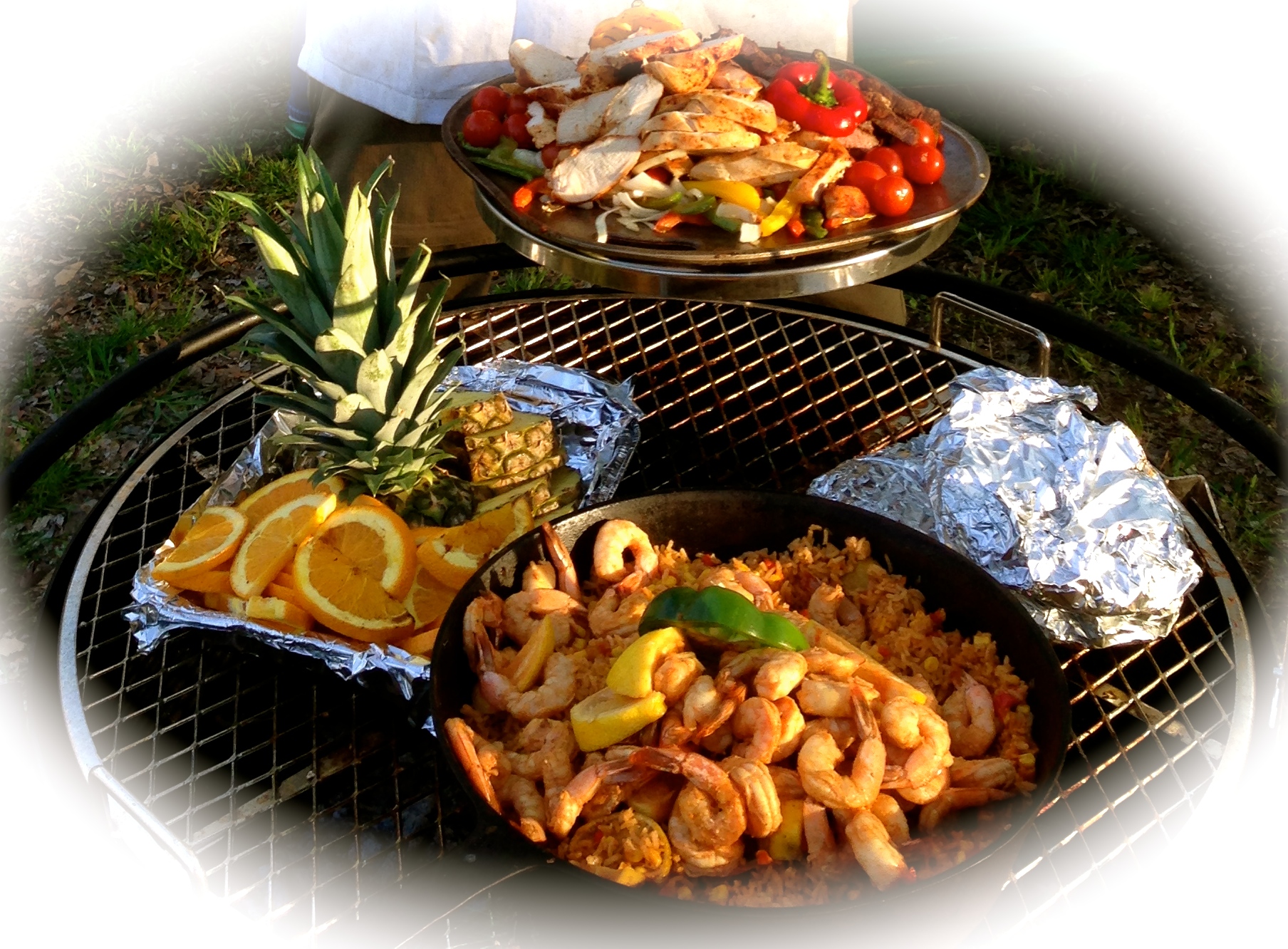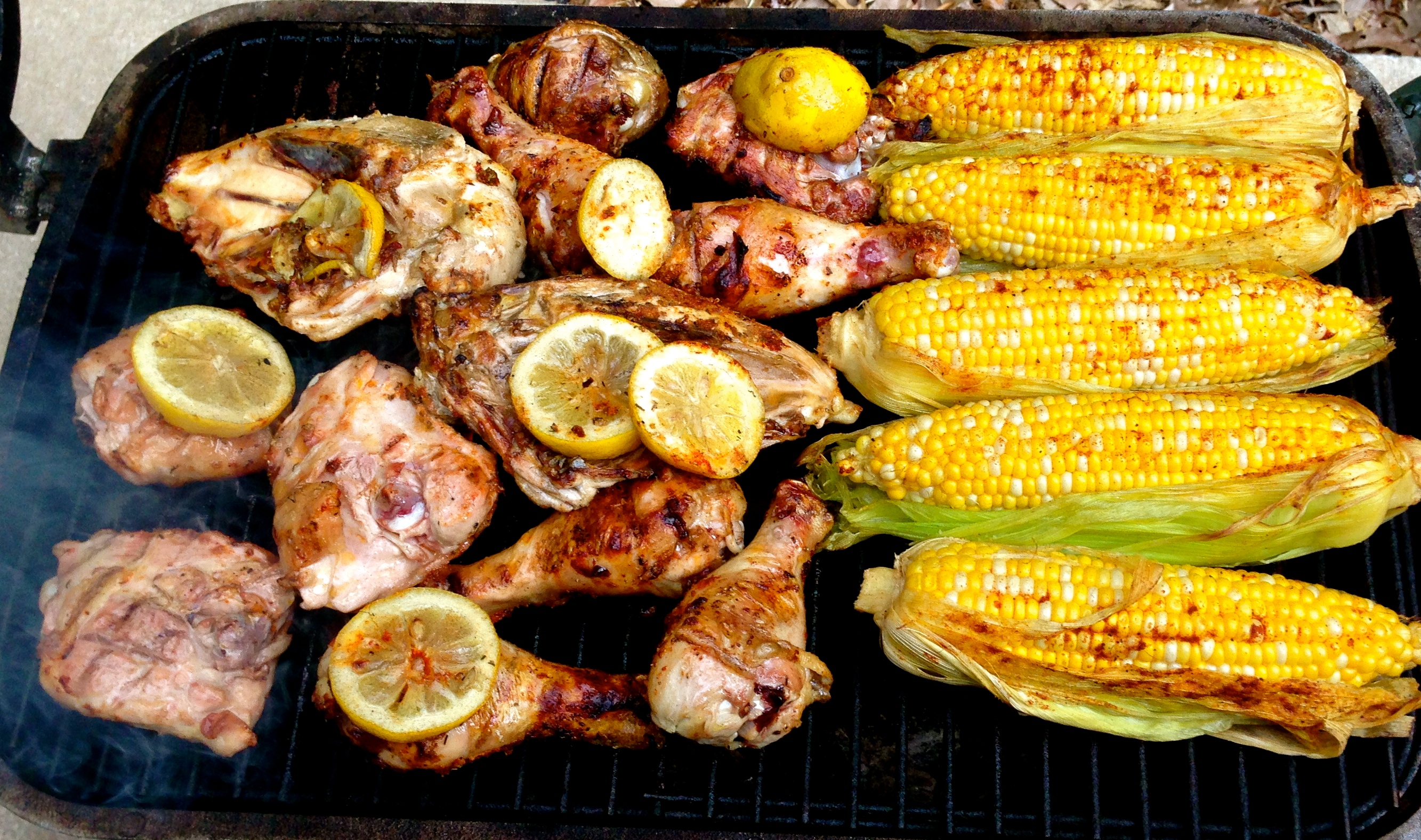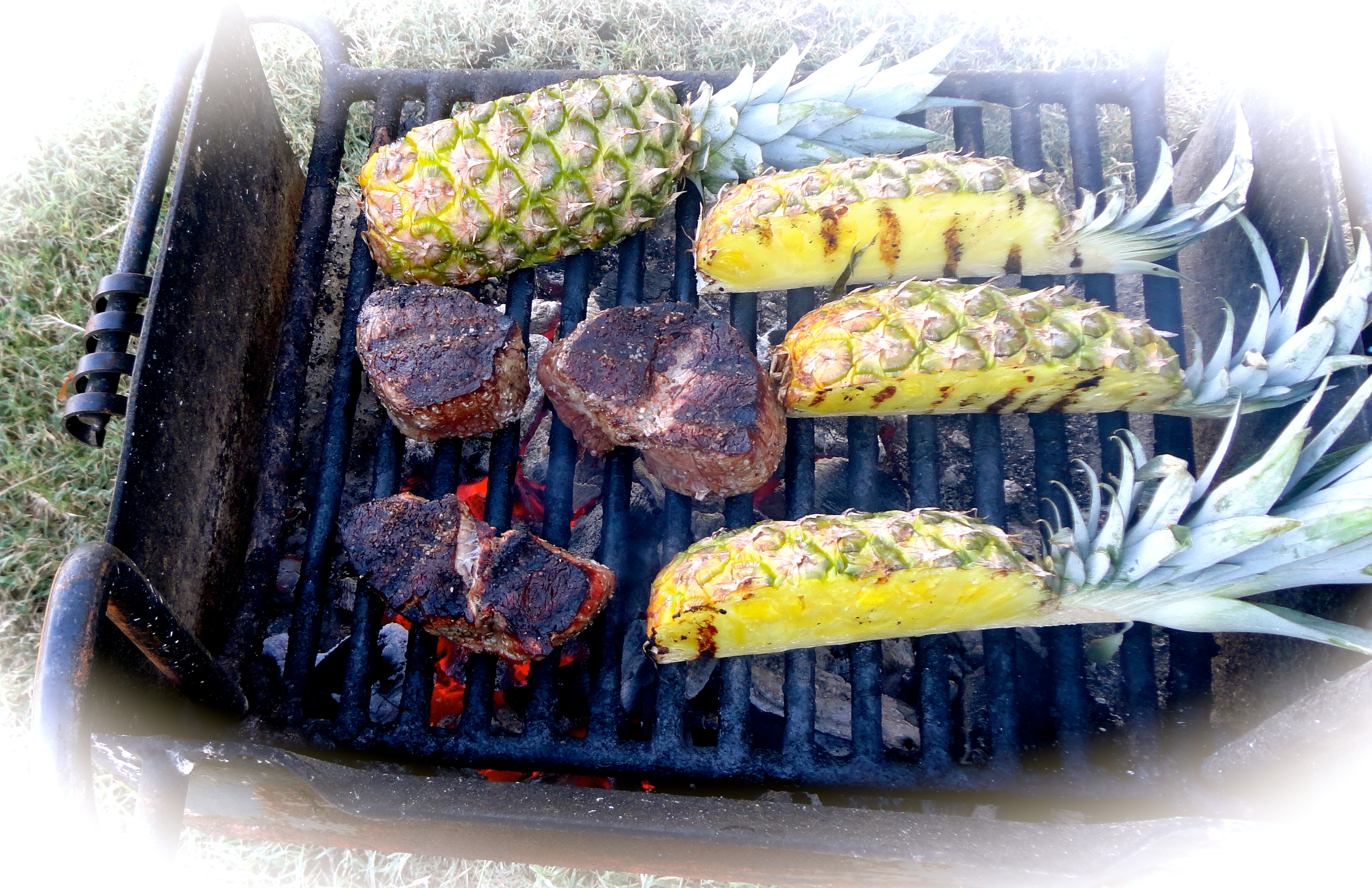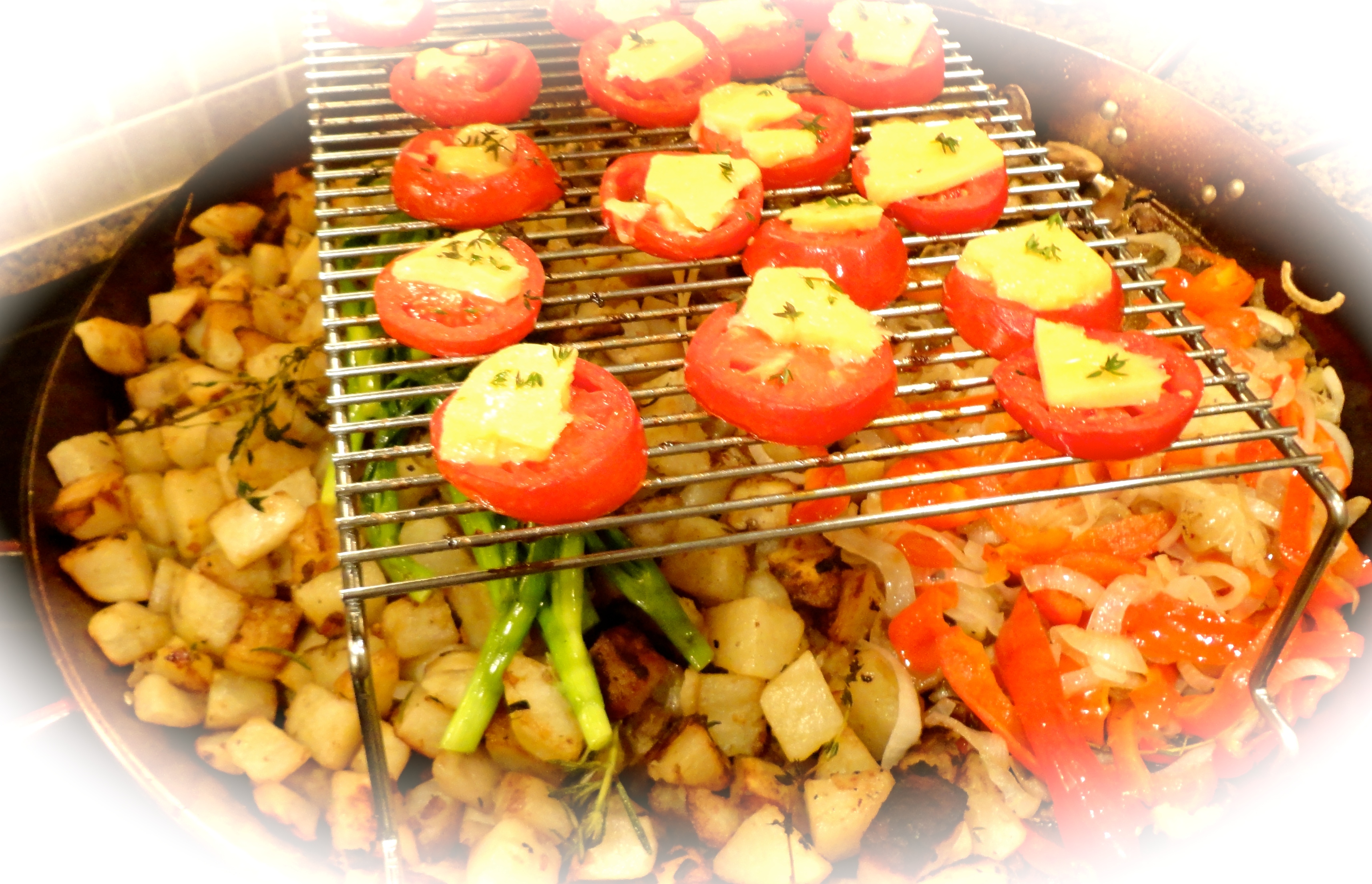One of my favorite moments is the starting of a feast-making fire: a moment sparking with anticipation, glowing with energy and radiating with romance. Who wouldn’t cherish such a moment?
Sadly, I have witnessed many “grill master” apron-clad, digital-thermometer-fork wielding souls miss the moment. For them all fires seem the same. But, like a well-storied feast, a feast-making fire is unique –complete with a beginning, a middle, and an end.
Understanding the story of your feast-making fire is the foundation of grilling and creating with fire…
Sparking Anticipation
Like a theatre curtain rising, the lighting of the fire signals the beginning of feast-making festivities. Often my feast invitations will refer to the lighting of the fire as the start of the feast —as in, “I plan to light the fire around four o’clock, join us for the ceremony…” Because I do not adhere to any rigid rules about when creations will be presented, the starting of the fire is really the only available reference point (and unlike other less predictable aspects of feast-making the starting of the fire is in your control).
Fires begin small. Feast-making fires should be started with small sticks, newspaper, fire-starter sticks and other small combustible items. I do not use (or recommend) starting a feast-making fire with lighter fluid —first, the immediate intensity deprives us of the anticipation of watching the fire mature naturally and second, the lighter fluid fumes linger and often mar our creations with a chemical residue.
What you burn matters. Feast-making fires should be made of natural, hardwood. Oak, hickory, mesquite, pecan, peach, cherry, and apple are some of my favorites. I often combine two or three different woods such as oak, pecan, and cherry for an aromatic feast-making fire. Anything in the pine family should be avoided as the smoke is too strong for cooking and mesquite should only be used for short cooking times.
If using charcoal, use a natural lump charcoal instead of the processed briquettes. Lump charcoal burns hotter and more naturally than the more processed variety. Using a chimney charcoal starter helps the charcoal burn evenly.
One of the reasons why creating with fire holds such allure for feast-makers is that it presents unique flavor opportunities. Chief among these opportunities is the smoke from the wood or charcoal. Let’s call this Creating-with-Fire Flavor Opportunity #1. The smoke adds a distinct flavor to your creations, so get creative and play around with some combinations of wood and charcoal.
Glowing Energy
Let the fire sit a spell. Creating with fire is a bit of misnomer as we are really creating over the hot coals of the fire —not the actual flames. Allow the fire to rage until it dies down and glows with energy. That’s when it is ready for creations. Attempting to create over a still-raging fire results in creations featuring a burnt crusty exterior with a raw interior, all seasoned with the singed hair of the feast-maker —sounds delectable doesn’t it, my friend.
Of course, for a fire to properly mature, you need beer —something with character and seasoned with that rarest of all ingredients, flavor. If you happen to be in Central Arkansas, I suggest filling your growler with a brew from one of our local breweries —like the Amadeus Vienna Lager from Stone’s Throw Brewing. Believe me, my friend, with a mug of this lager you will not rush your fire.
Radiating Romance
Spend some time with your fire. Learn its hot spots, and let your creations dance between the zones. Every fire has zones where the heat is more intense. Use those areas for searing and caramelizing your creations. Then move your creations to the less intense areas to finish. You can purposefully create these zones by distributing more of the hotter coals in a particular location.
In later posts, we will discuss different types of grills, learn techniques for creating with fire, and salivate over particular creations —but, by far, the most important thing about creating with fire is understanding your fire. Indeed, I have been known to host feasts where all I did was create the fire and invite the feasters to prepare their own creations —and my, my, how the compliments flow from feasters satiated with their own creations.
Let’s start some fires, my friend.
